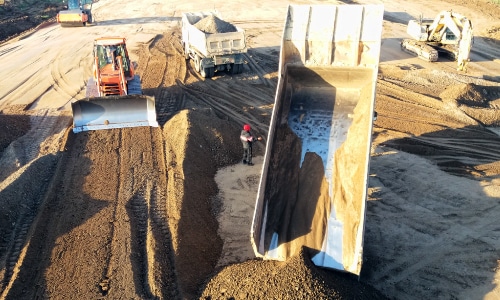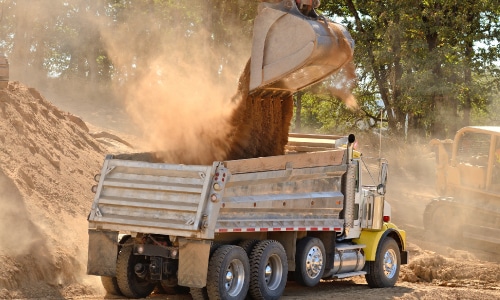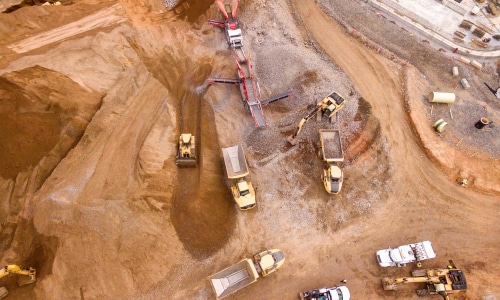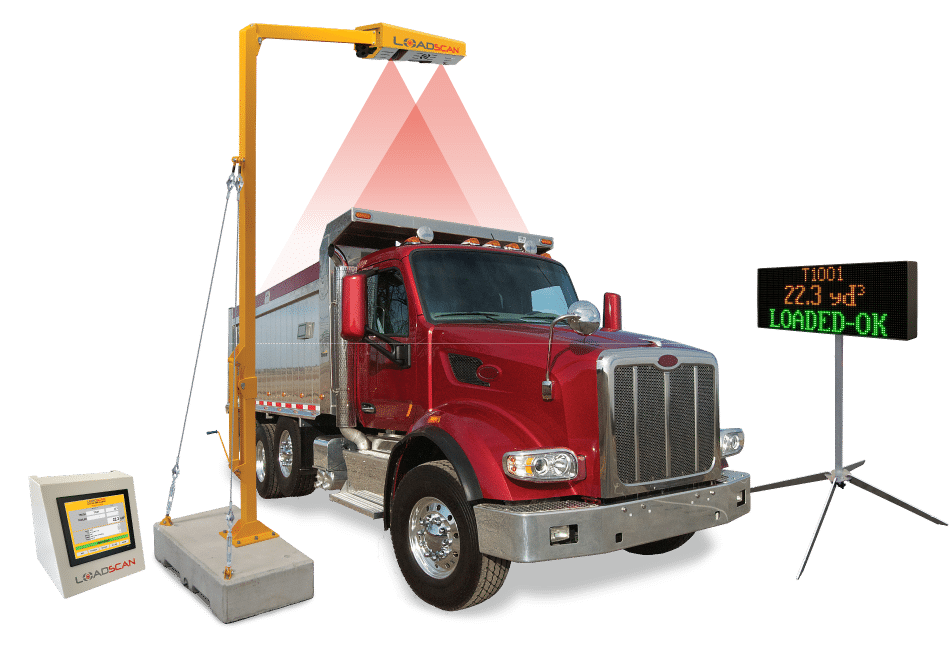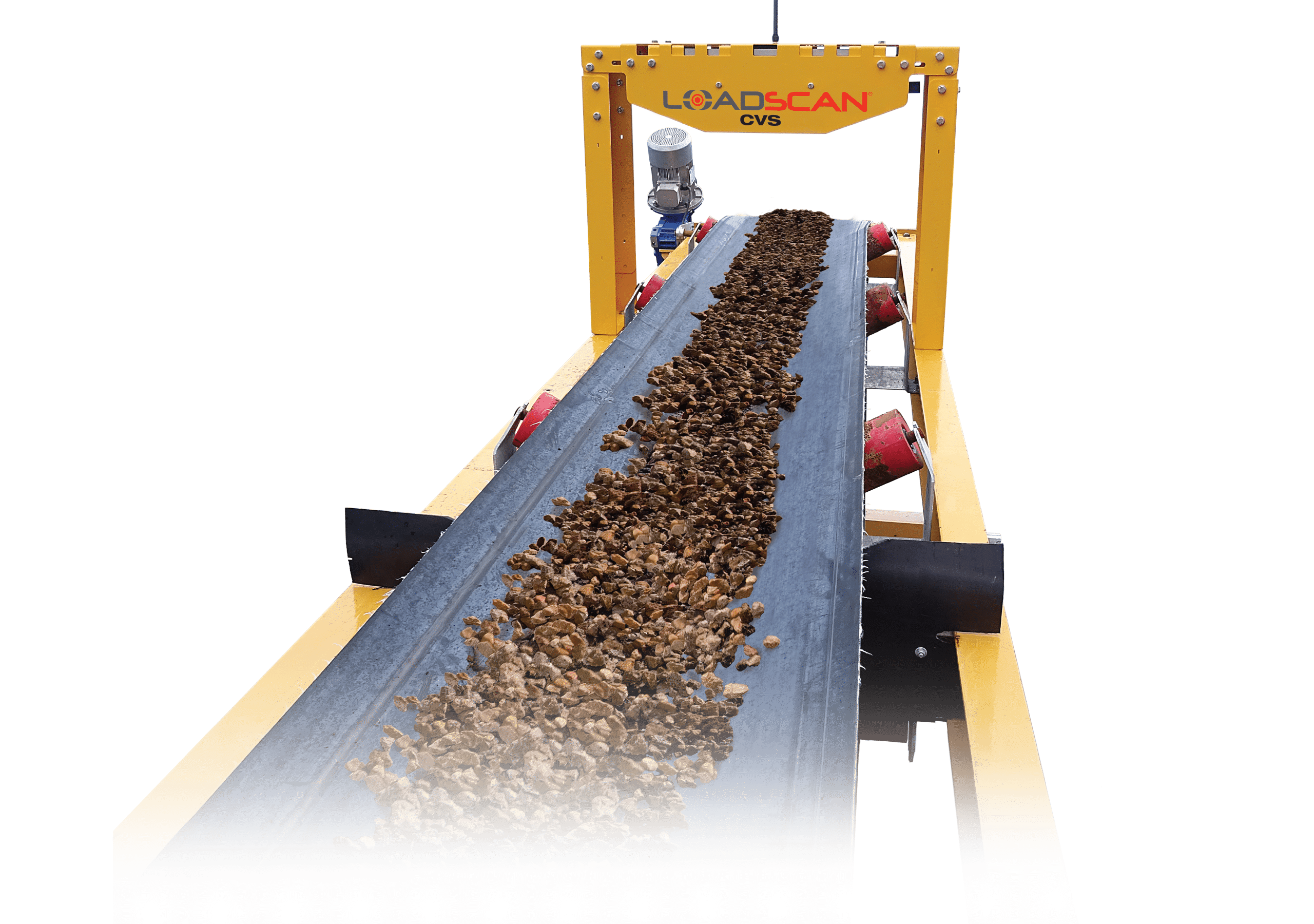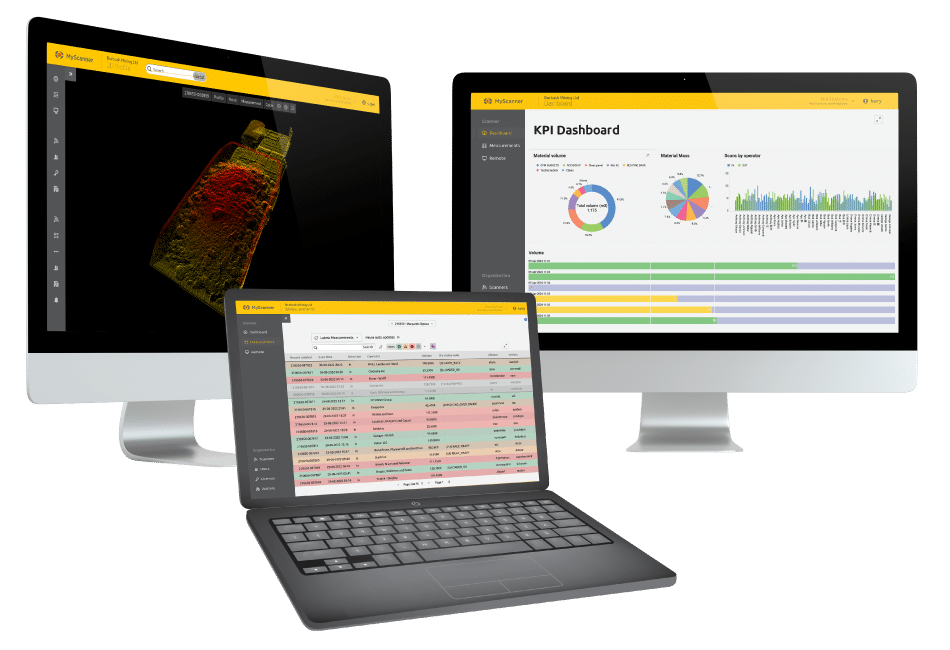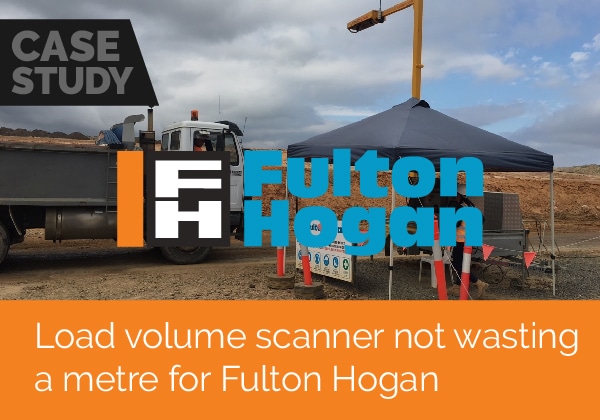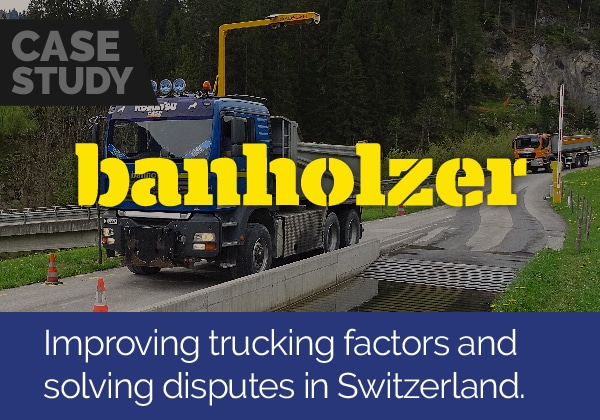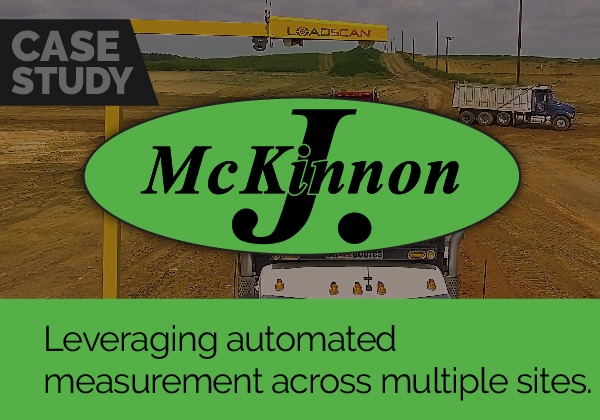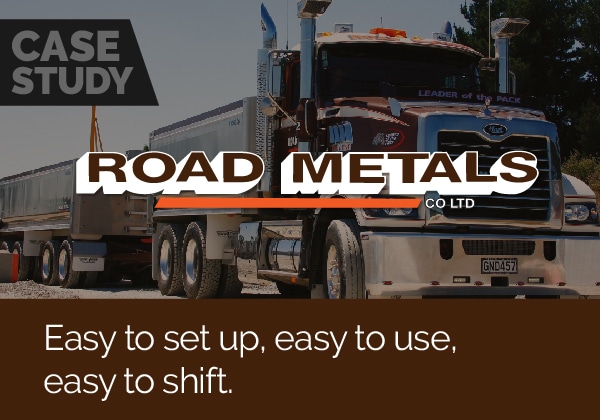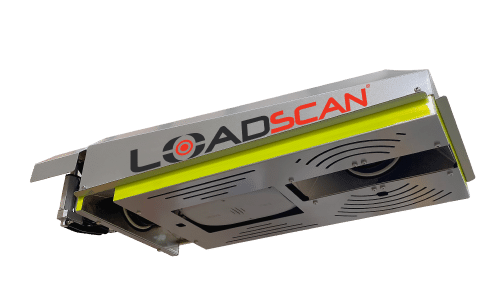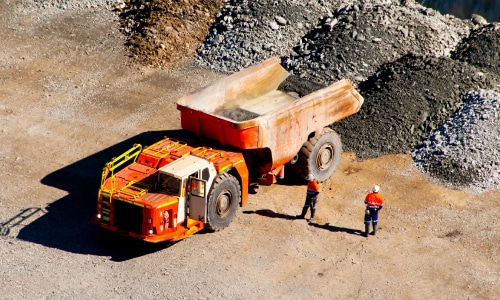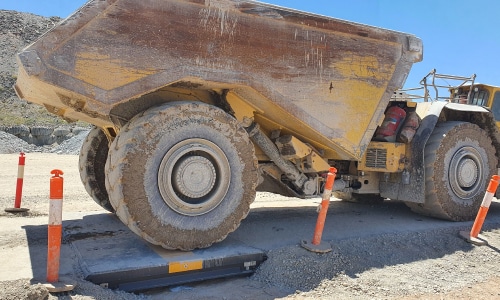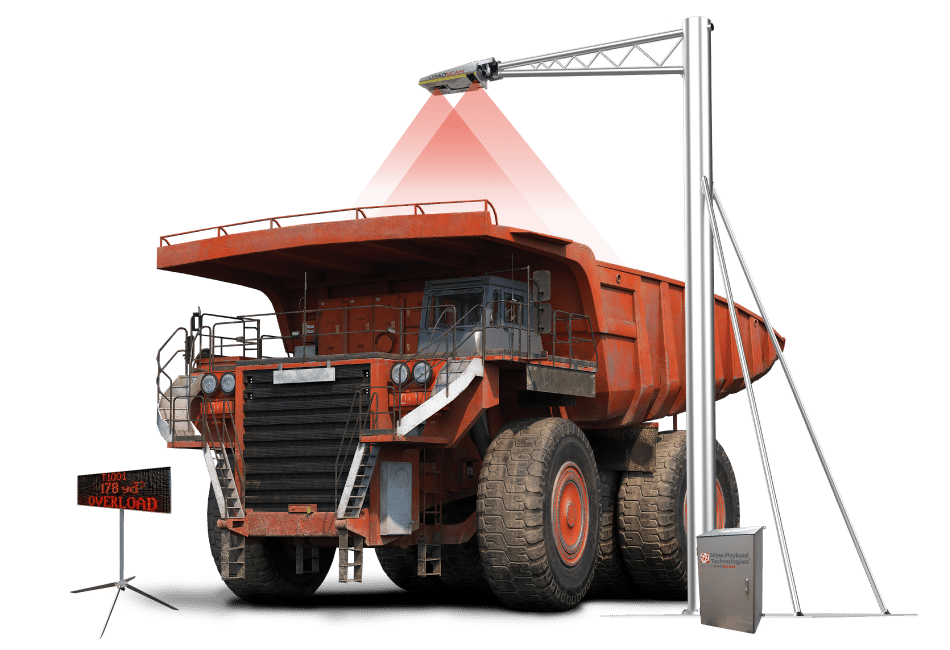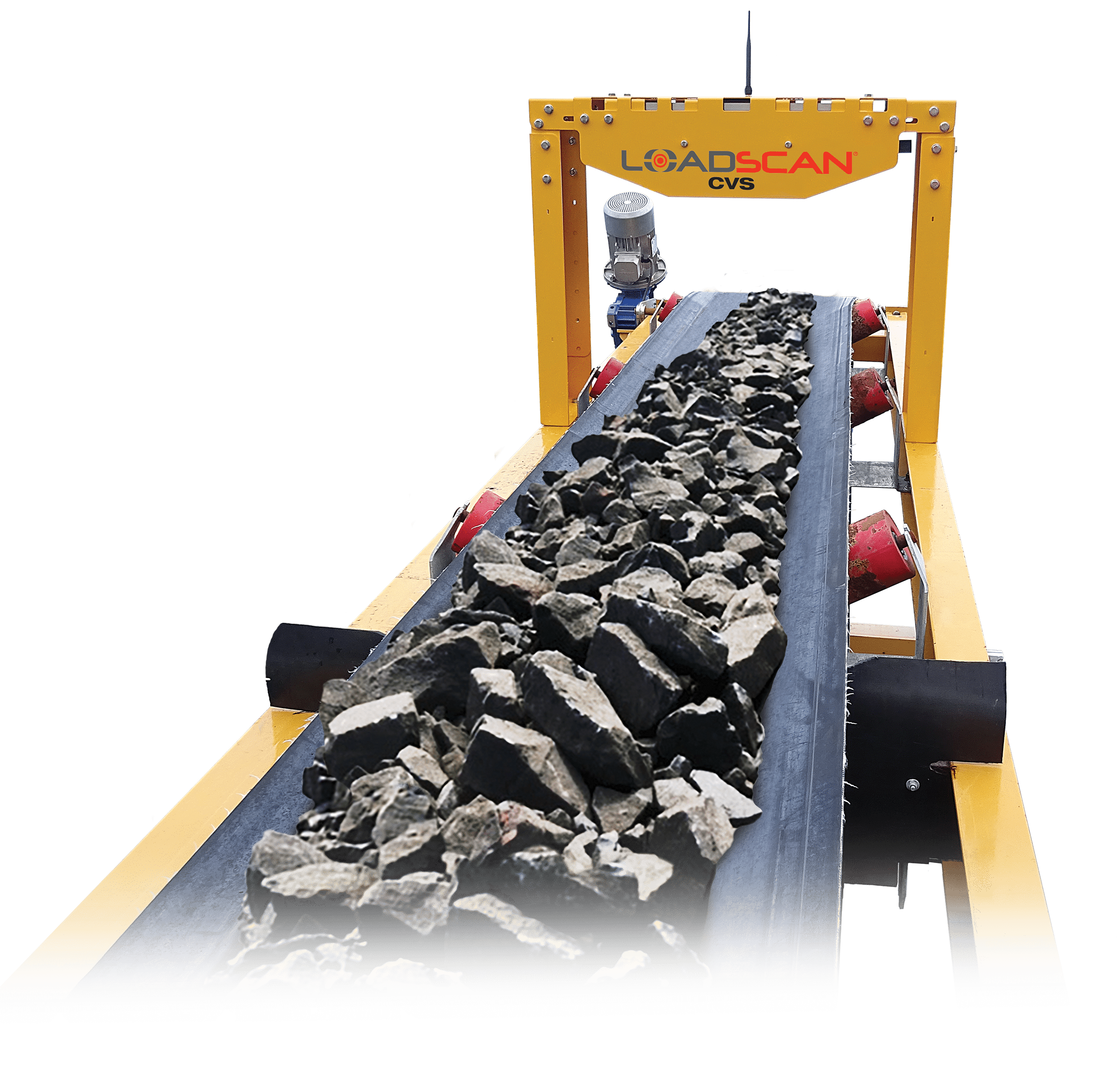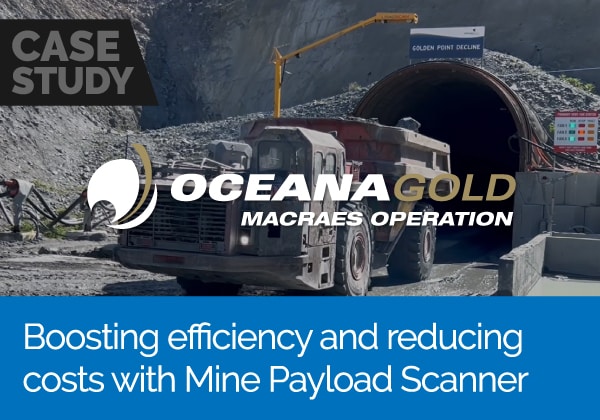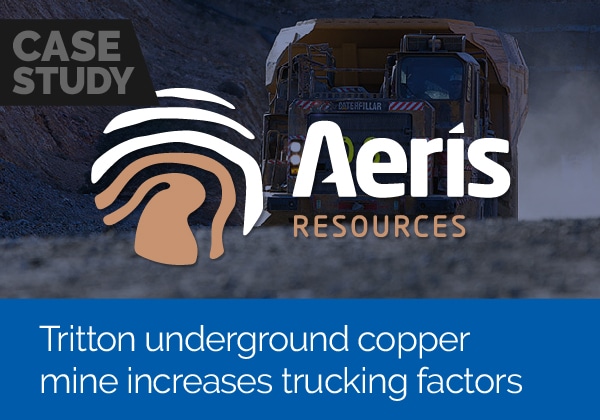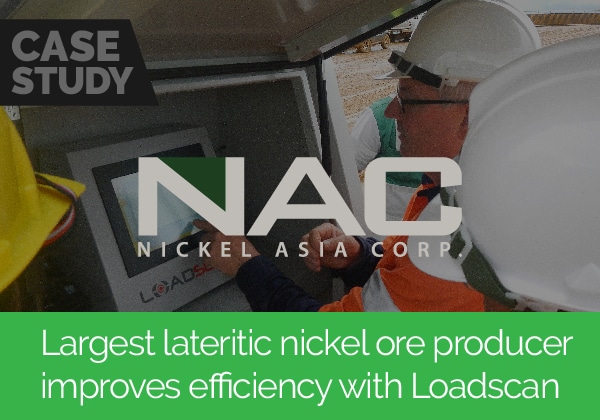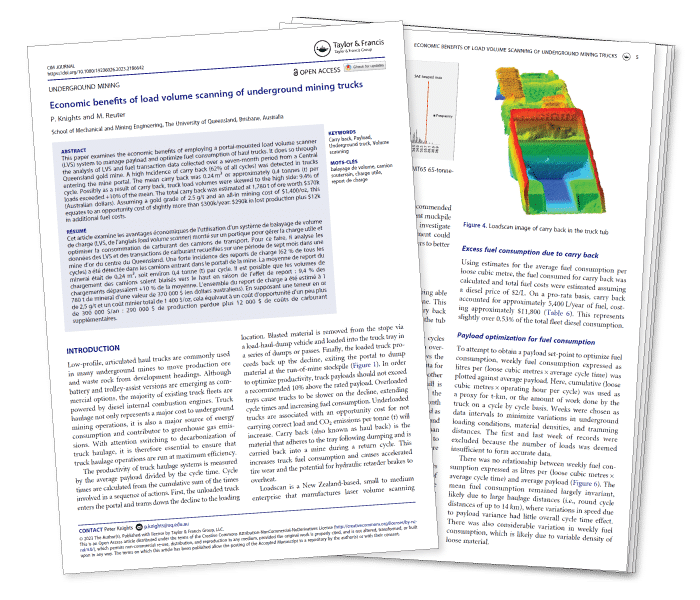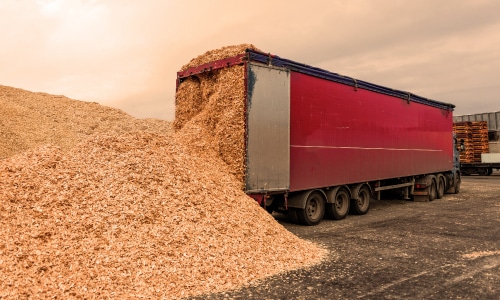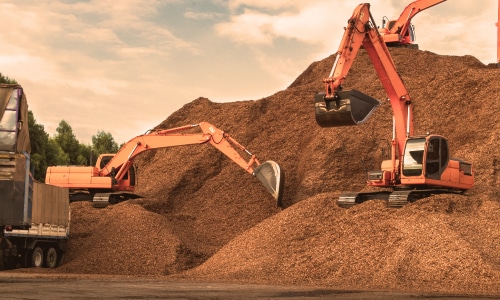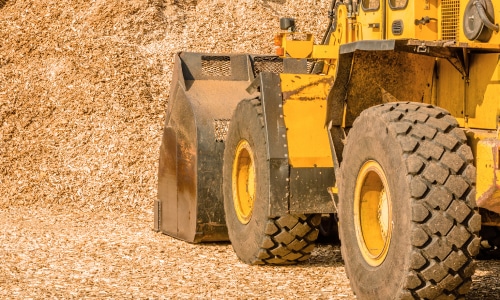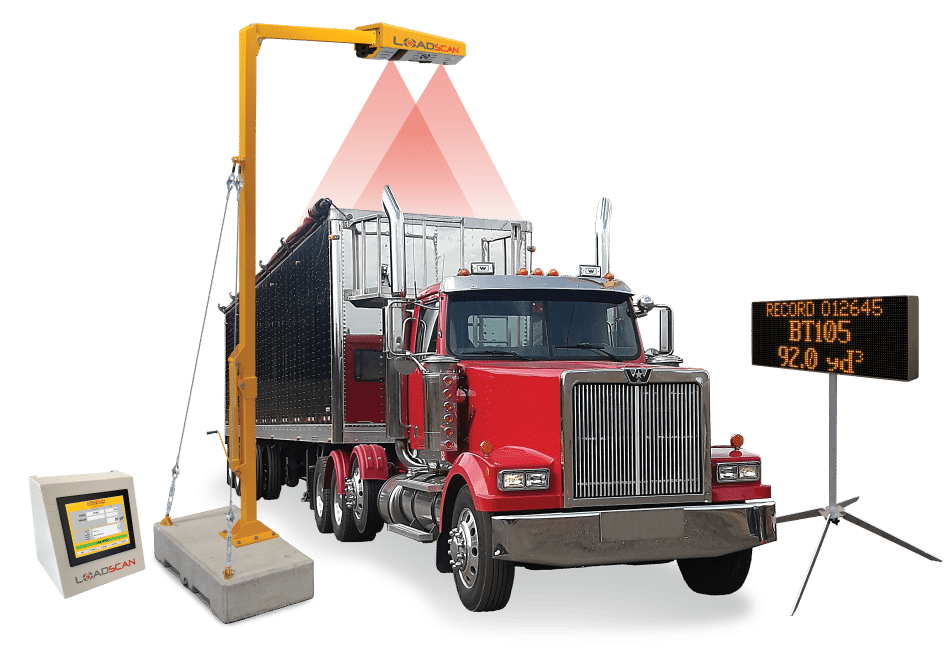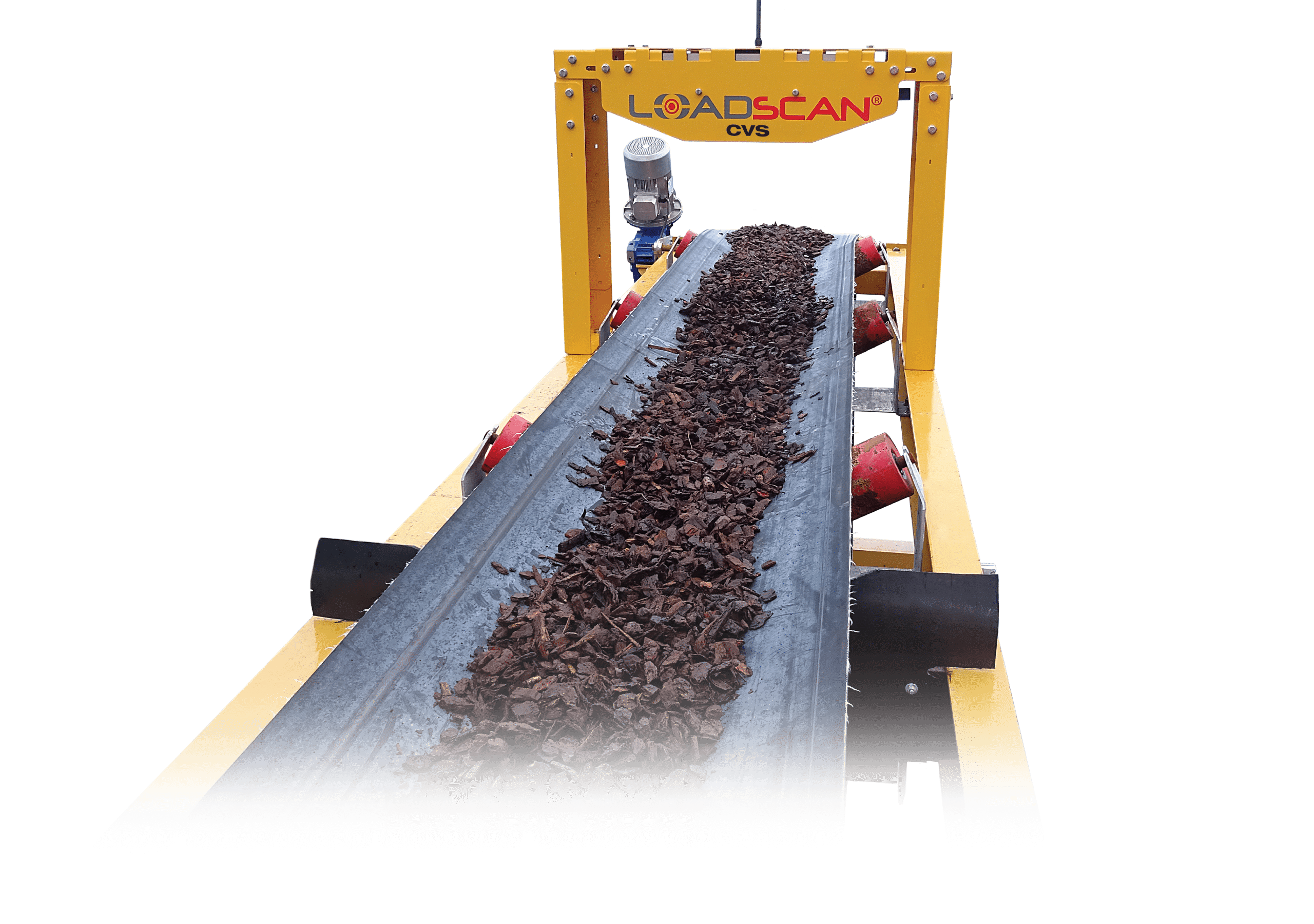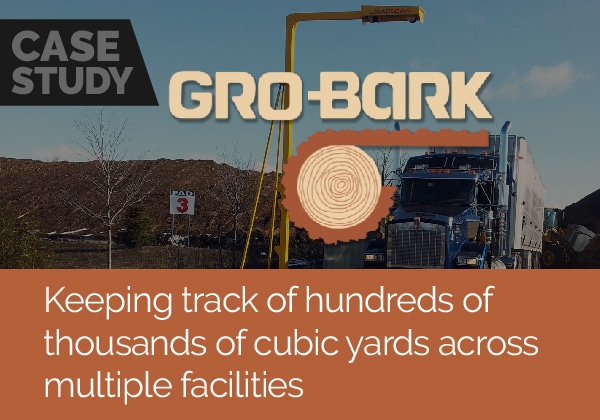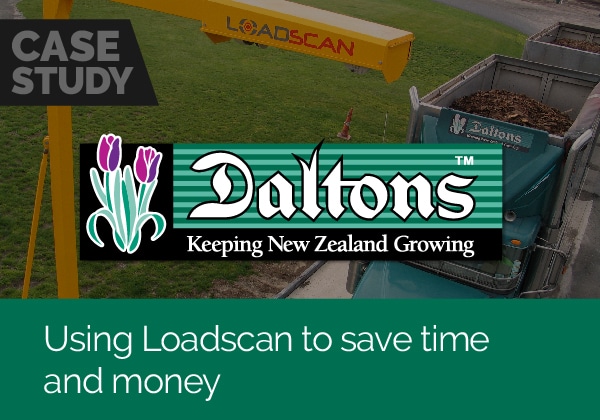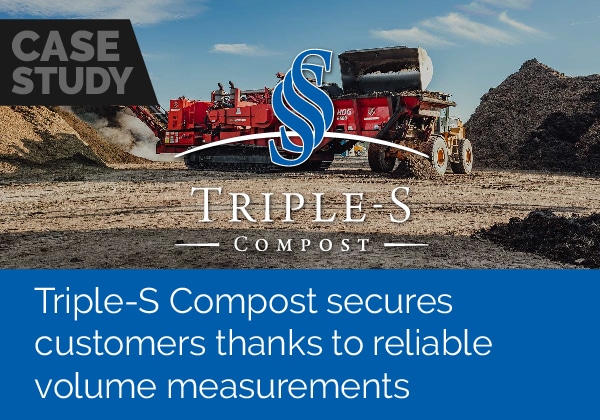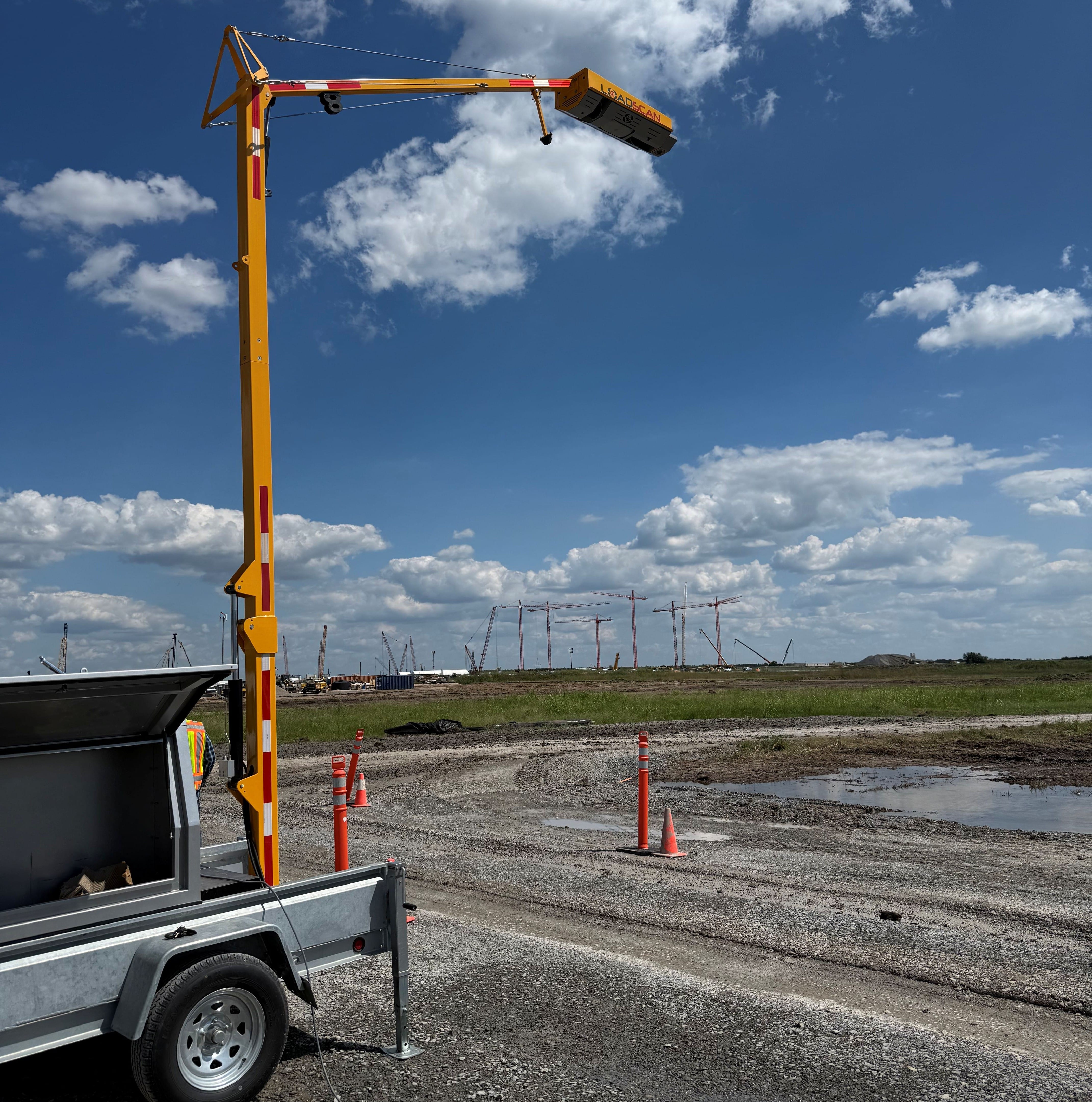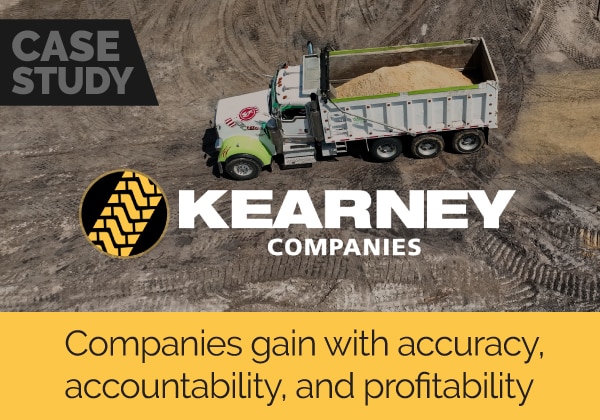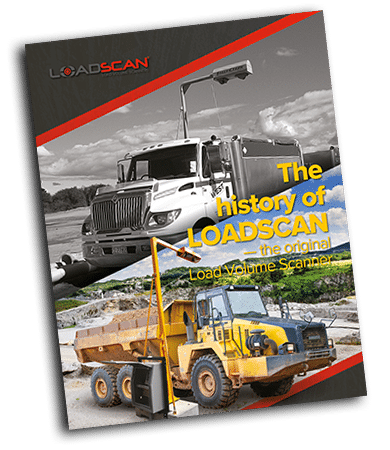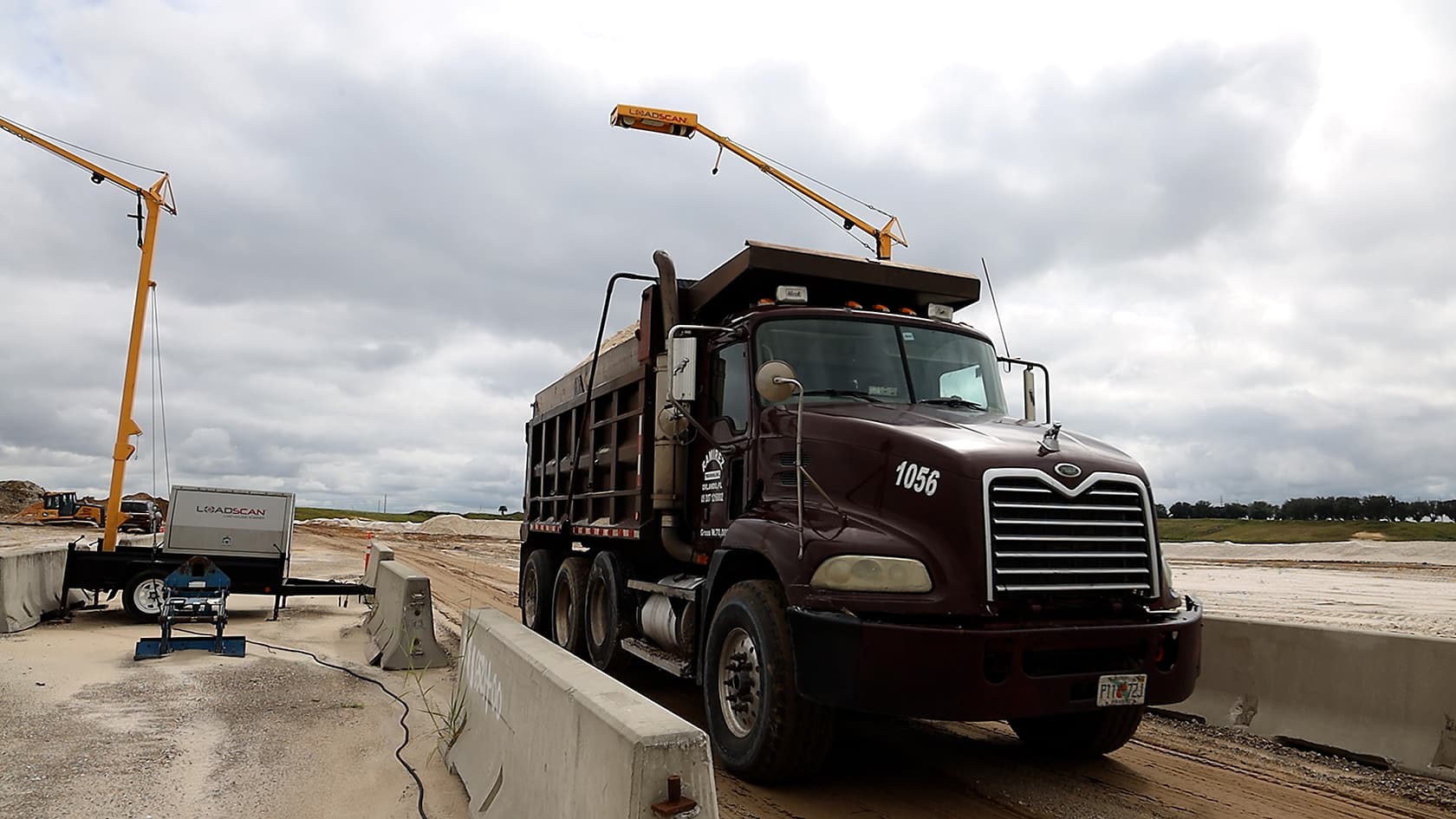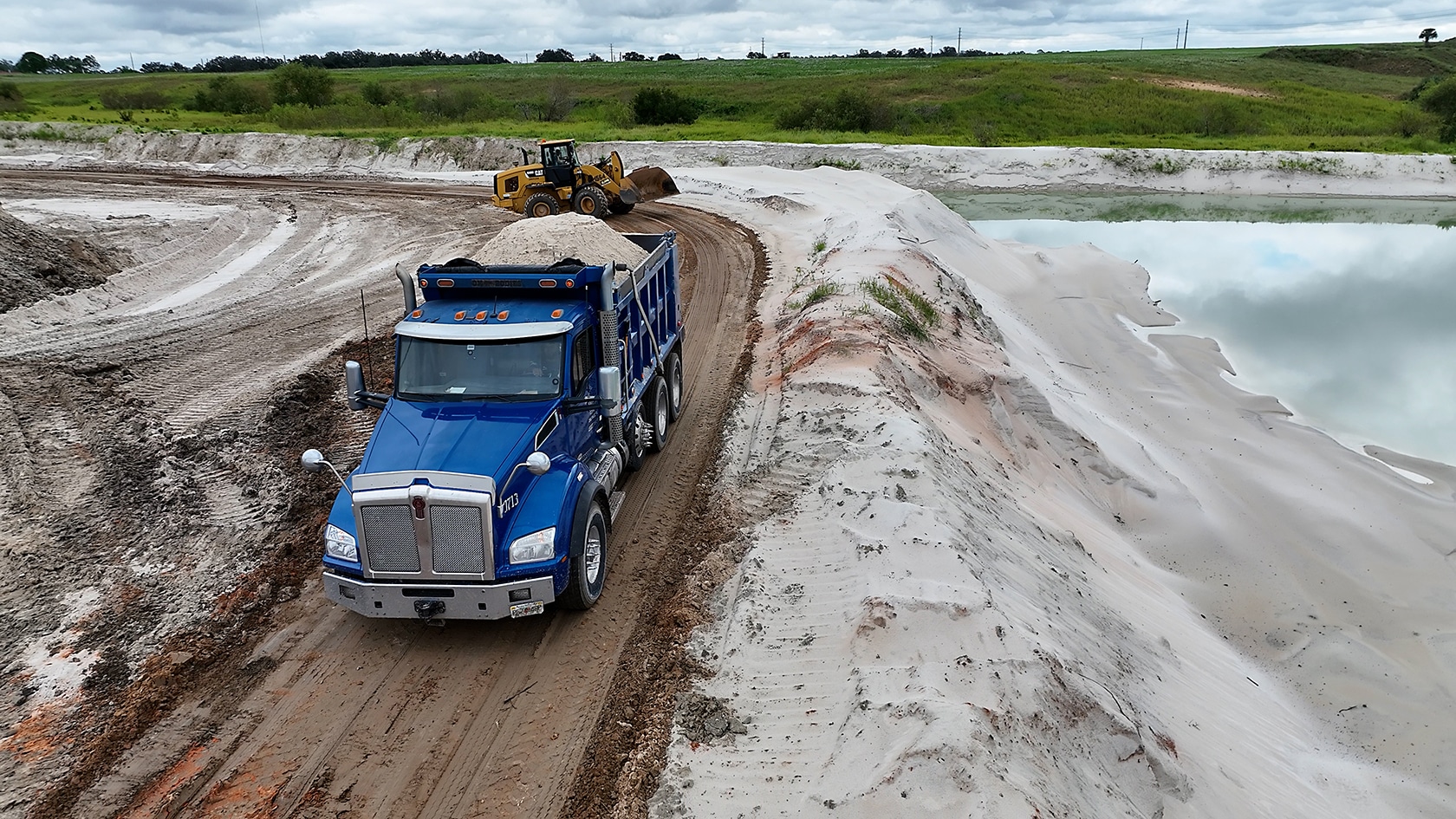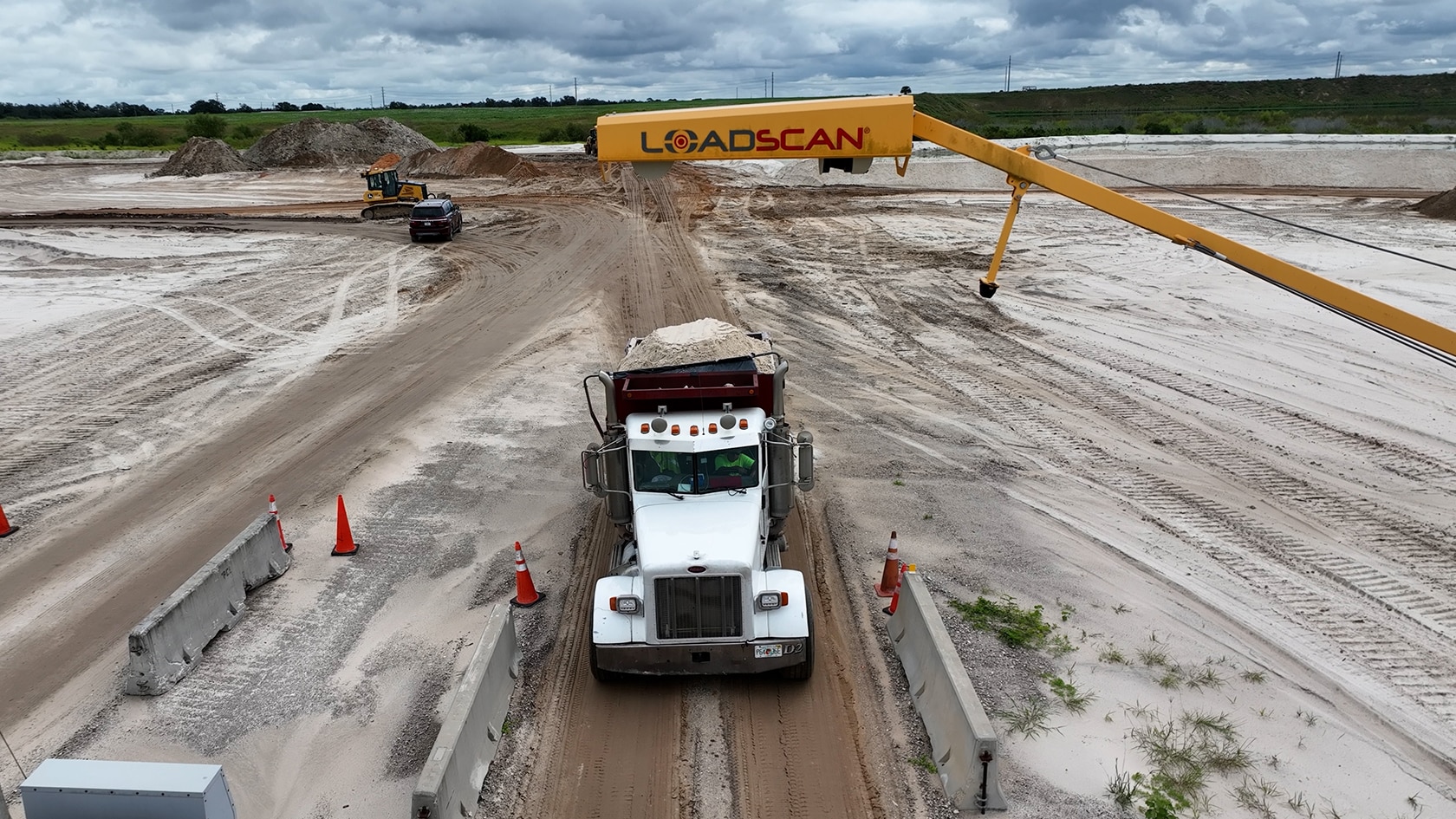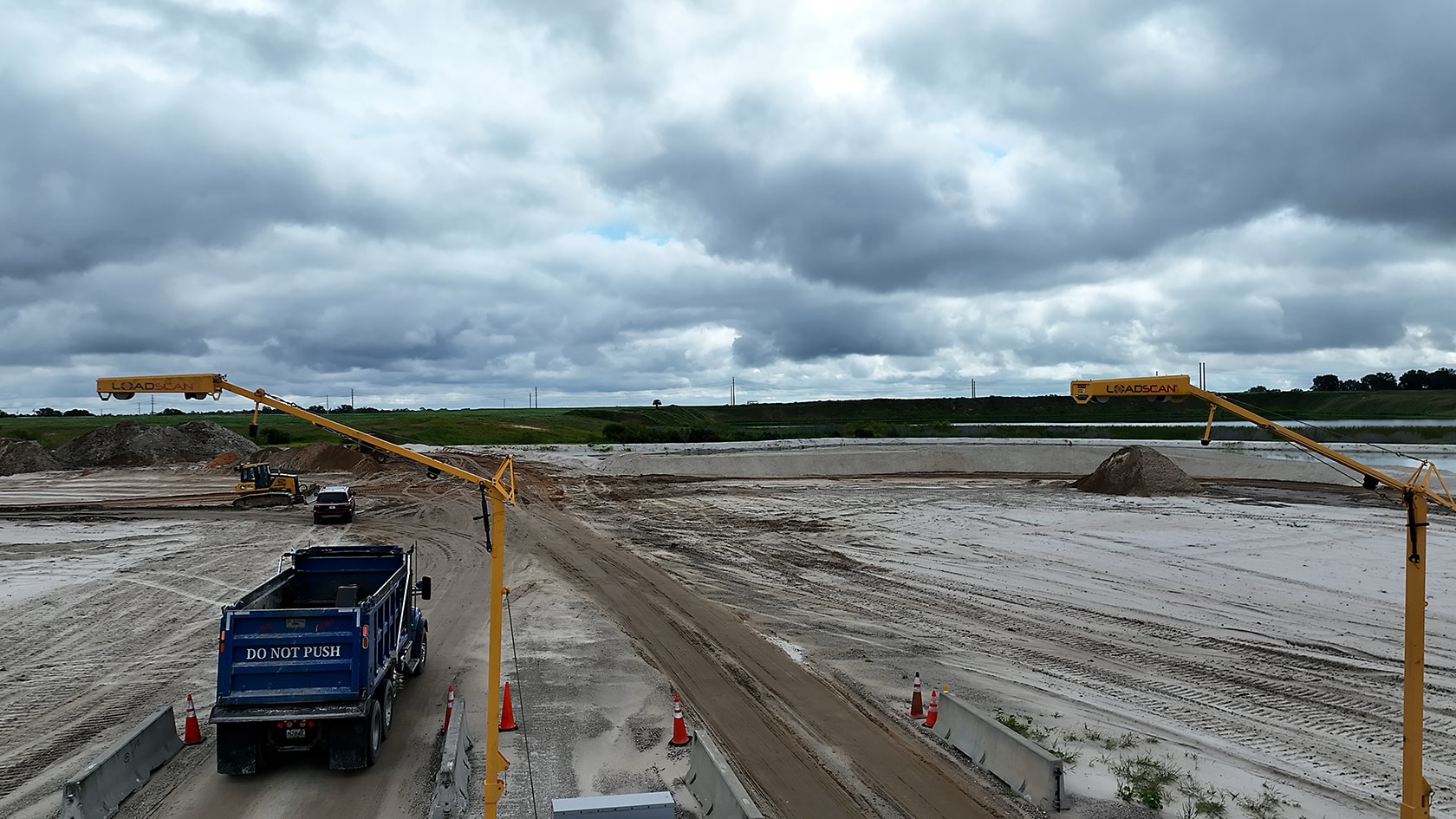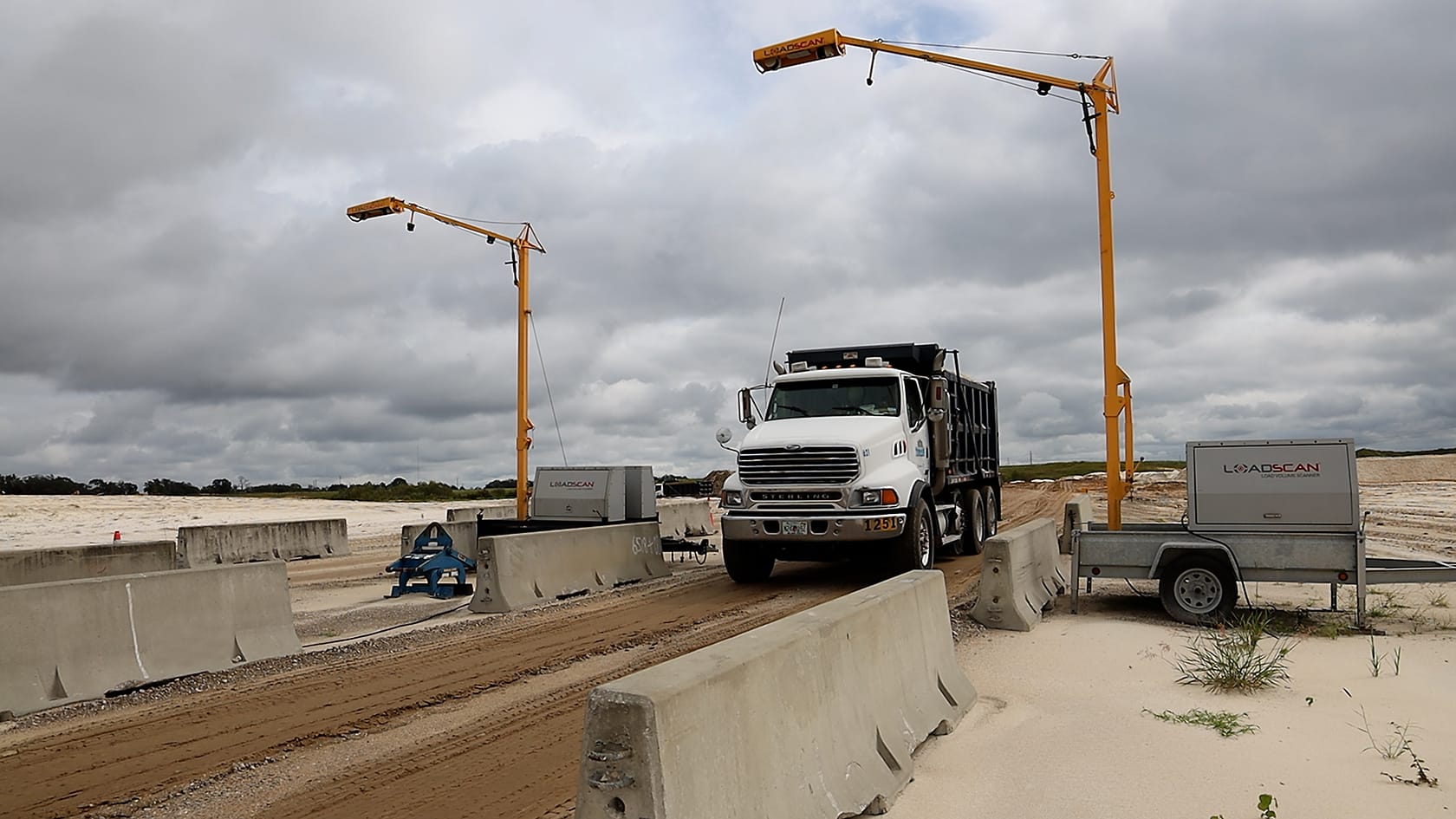How Loadscan takes the guesswork out of tricky materials When dealing with materials [...]

Loadscan LVS used to improve efficiency and enhance data accuracy
Project Details
| CATEGORY: | Civil Construction |
| LOCATION: | Florida, USA |
| PRODUCT: | LVS-3TMM Mobile |
| WEBSITE: | www.sl-materials.com |
Headquartered in central Florida, USA, S&L Materials is a company involved in the construction and materials hauling industry, and has seen significant improvements in operational efficiency and data accuracy through the adoption of Loadscan’s LVS (Load Volume Scanner) technology.
 Brian Northway, the company’s Senior Trucking Estimator explains how the company has successfully integrated the Loadscan LVS into its daily operations to enhance logistics, improve load measurement, and streamline data management for back-end reporting.
Brian Northway, the company’s Senior Trucking Estimator explains how the company has successfully integrated the Loadscan LVS into its daily operations to enhance logistics, improve load measurement, and streamline data management for back-end reporting.
The challenge: Inconsistent load measurements and operational inefficiencies
Before integrating the Loadscan LVS into its operations, S&L Materials faced significant challenges with inconsistent load measurements and the time-consuming nature of manual tracking. The company operates a fleet of around 150 company and owner-operated trucks, handling large volumes of material, across a varied range of different sites around the state.
However, their traditional methods of estimating the volume of material in each truck created variability and inefficiency.
Brian Northway explains the issues with the previous system:
“We would just take a full dump truck and just, you know, put 18 yards down on the ticket, and that was it. We went by bucket count. We always tried to stay right around 18 to 19 yards in a dump truck.”
This approach relied on estimates made by excavator and loader operators. For instance, with an excavator, it was assumed that three to three-and-a-half buckets would equal 18 to 19 cubic yards but, in reality, these estimates could vary depending on factors such as the type of material, compaction, and truck size. As a result, there was often a gap between actual load volumes and what was reported, leading to inefficiencies and billing inconsistencies.
Brian elaborates on the challenges with the old system:
“You had drivers that would pop the tailgate, you know, they’d lose some of the material; trucks weren’t coming in [with] full loads and stuff.”
These discrepancies were problematic, especially as drivers were often paid based on the volume of material they hauled. Without accurate load measurements, it was difficult for the company to ensure fairness and transparency in compensation. In addition, the manual process of tracking loads and generating reports for billing was labour-intensive and prone to error.
The solution: Loadscan LVS technology
To solve these issues, S&L Materials turned to Loadscan, who provided a technology-based solution through its Load Volume Scanner.
The Loadscan LVS uses laser scanning technology to measure the exact volume of material in each truck as it passes through a scanner, providing precise and consistent data. The solution ensures that each load is accurately recorded in real time, which significantly reduces human error and makes the overall hauling process more efficient.
Brian explains the decision to adopt the Loadscan system:
“We decided to go with the Loadscan. That way, there was no ifs, ands or buts about it. We knew what was in the truck and, not only that, you can put the truck number down, where they were going. It just made it a lot easier with being able to calculate and keep track of loads and how many yards are moving in and out of a job.”
The integration of the Loadscan LVS meant that S&L Materials could eliminate any guesswork from their operations. With each truck’s exact load volume automatically measured and recorded, the company could now rely on hard data to improve logistics and billing accuracy.
Improved efficiency in operations
The Loadscan LVS system has significantly improved operational efficiency at S&L Materials. The company now knows the exact volume of material being moved by each truck, which has helped reduce unnecessary trips and optimize the loading process. Before Loadscan, trucks would sometimes be underfilled or overfilled, based on rough estimates, but now every truck is loaded as efficiently as possible.
Brian shares how the technology improved speed and accuracy:
“Even the truckers like it because most of the truckers get paid by the yard. So when they come in and they’re hauling and it’s 18, 18, 18 [cubic yards] when we were generating tickets, they looked at it and would go ‘I know I’ve got more than 18 in there’, so now, with the Loadscan, there’s no guesstimating. They know exactly what it is.”
This level of precision means that the trucks are loaded more consistently, reducing downtime and improving efficiency, as trucks no longer need to return to the site to correct underfills or overfills.
Streamlined billing and data management
In addition to improving operational efficiency, the Loadscan LVS has greatly enhanced S&L Materials’ back-end data management. The system automatically generates daily reports detailing the number of trucks that have passed through the scanner and the exact volume of material that was hauled. These reports provide invaluable data for the company’s billing department.
Brian explains the impact of the system on the company’s billing process:
“We pull a report every day off MyScanner, so we know exactly what happened here. How many trucks, how many yards went out. And then we, you know, build off of that for our billing department.”
By automating the data collection and reporting process, the Loadscan LVS reduces the risk of errors that could occur with manual data entry. This has streamlined the invoicing process, ensuring that clients are billed accurately based on the actual volume of material moved rather than relying on estimates.
Additionally, the Loadscan LVS system allows for remote monitoring. If there are any issues or discrepancies in the load measurement, the team can remotely access the system to investigate and resolve any problems.
“The scanner is also really nice when you can remote in and actually see what’s going on. If there’s an issue, it definitely helps out a lot,” Brian says, highlighting the benefit of remote access.
This ability to monitor operations remotely has improved oversight, allowing S&L Materials to act quickly to address any issues that arise without needing to be on-site in person.
Enhancing client relationships with accurate data
The Loadscan LVS has not only improved internal processes but also enhanced the company’s relationships with clients. Clients can now be confident that the volume of material they are being billed for is accurate and verifiable. In contrast to the old system of estimating, the LVS provides concrete data that clients can rely on.
“When we would go set them [Load Volume Scanners] up at different mines where we were hauling out of, they’d look at it and be like, ‘what does this do?’, and when we started telling them that it takes the volume inside the truck and tells you how many you have, instead of just guessing 18 on every ticket, now you know whether you’re running 20/21 or if you’re at 17, so it definitely helps out a lot better.”
This transparency not only strengthens trust but also gives S&L Materials a competitive edge in the market. Clients appreciate the clarity provided by the LVS, knowing they are being billed based on precise measurements rather than estimates.
The future with Loadscan
The impact of Loadscan LVS on S&L Materials has been overwhelmingly positive, improving operational efficiency, data accuracy, and client relationships. With the technology in place, S&L Materials can now track every load in real-time, generate accurate billing reports, and ensure that their trucks are loaded to optimal capacity.
“It definitely makes it a lot easier. You’re not just guessing at an 18-yard bed and they’ve actually got 20. So you know, we can better keep count of what we got exported,” Brian says as he reflects on the improvements the system has brought.

